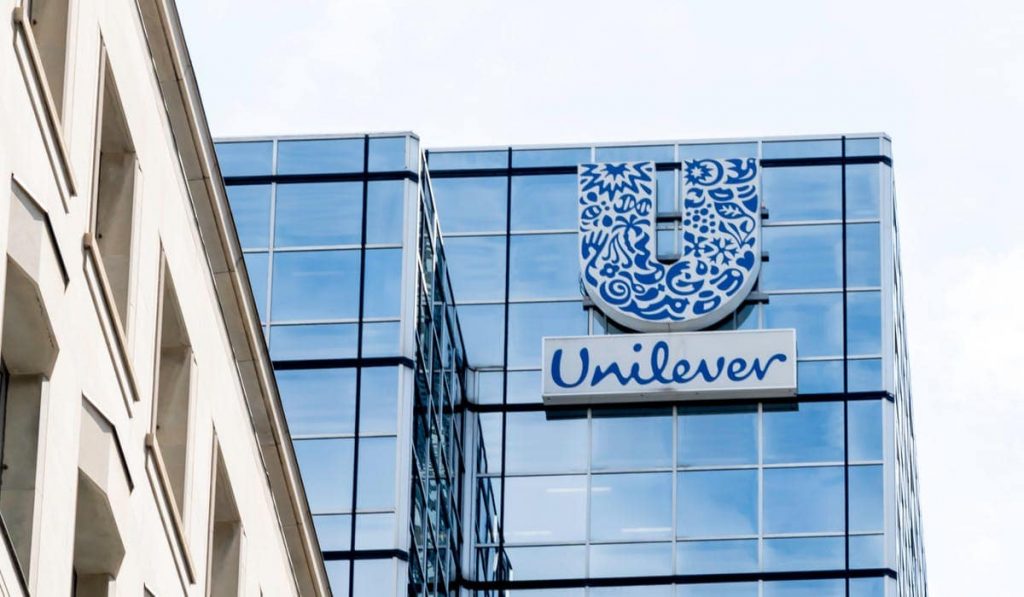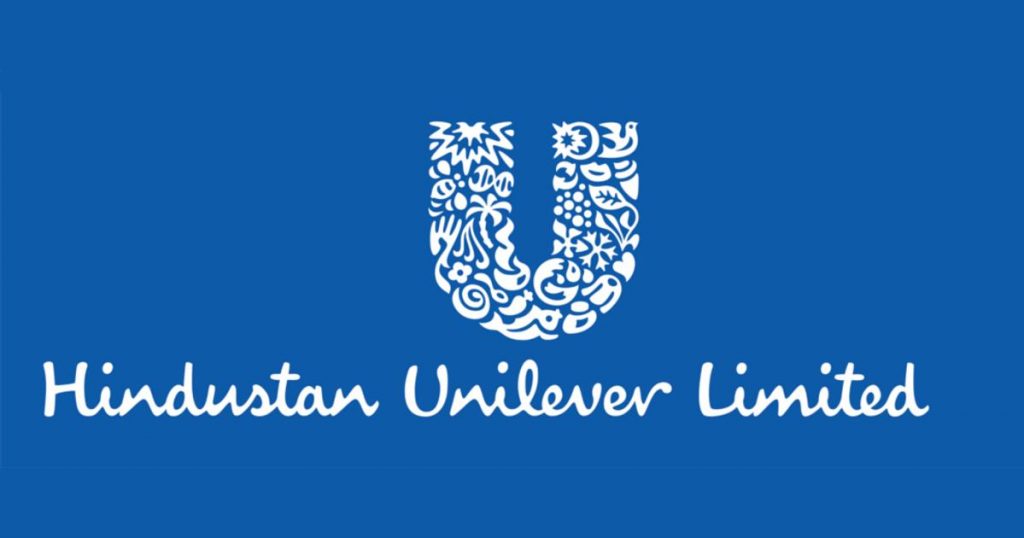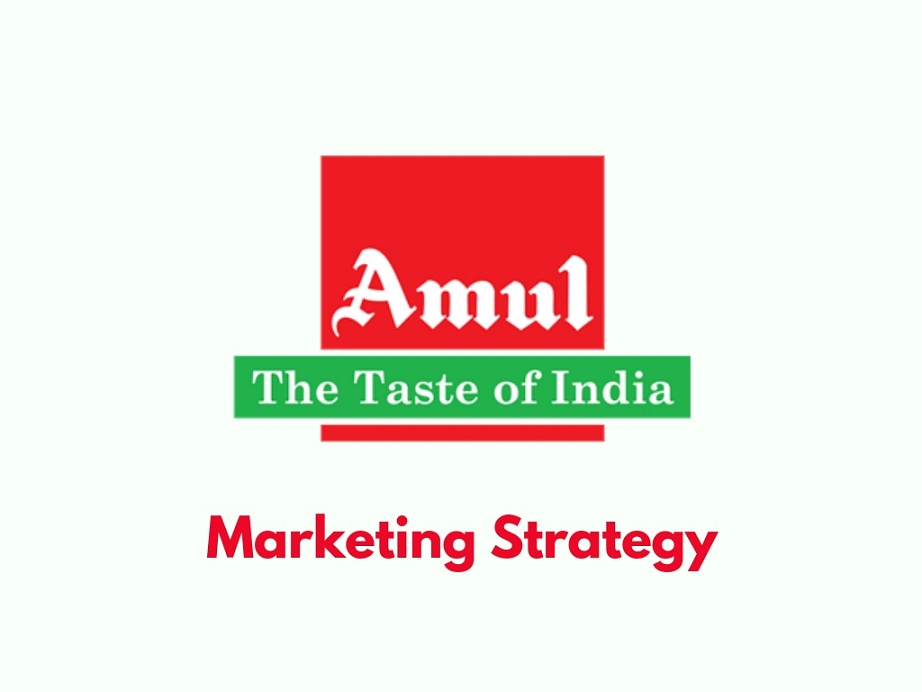Introduction
Hindustan Unilever Limited is an Indian-origin consumer goods company that acts as a subsidiary of its British parent company Unilever Plc. It was established as Hindustan Vanaspati Manufacturing Co. and was renamed for the last time in 2007 as Hindustan Unilever Limited. The marketing strategy of Hindustan Unilever Limited includes its business model, general information, marketing model, and many more.

HUL’s effective image improvement approach is supported by a considerable amount of showcasing and publicizing activities that span the majority of media platforms. To keep up a more productive brand incentive, brilliant collaboration and integration between the brand chiefs in the promoting division are required.
Product Strategy

The product strategy in the Hindustan Unilever Company marketing mix focuses on premium quality and product innovation. The company has managed wide outreach and greater market share because of 50+ brands in its portfolio that span 20 consumer goods categories.
Product Mix
The HUL marketing mix and business strategy puts a lot of emphasis on product mix and premium quality Unilever’s products that includes the following categories
Food and Beverages
Brands related to the tea and coffee category and the ice cream sector in Unilever’s marketing mix are highly popular in the industry and enjoy immense brand loyalty. The prominent companies that have managed to maintain a strong presence in the frozen dessert and ice creams category are Kwality Wall’s, Magnum and Cornetto.
The top company in the coffee category of Unilever’s marketing mix is Bru and the tea category are Red Label, Lipton and Taaza etc. Bru remains the No 1 coffee brand in India because of its distinct product offerings. In the health drink category, Horlicks enjoys a huge amount of popularity and a solid brand presence because of consumers in the urban and rural markets.
Hindustan Unilever sells instant food-making products like soup and noodles under the Knorr brand and jam, squash, ketchup and sauce under the Kissan brand.
Home Care
Unilever’s products in the home care category of Unilever’s marketing mix include detergent bars, detergent soaps and detergent powders from Surf Excel, Wheel, Sunlight etc. and companies like Comfort, Cif and Vim in the cleaning category and dishwashing segment.
Personal Care
The most popular products from the personal care brand in Unilever’s marketing mix are Closeup toothpaste, dove soap, Lakme and Aviance in skin care and Axe grooming products. These brands in Unilever’s marketing mix, have become trendsetters in their category.
The personal care product mix includes shampoo, conditioner and other hair care products from top companies like Sunsilk, Tresseme and Clinic Plus. In the skin-care category, Lux and Dove soap and Axe grooming products are highly popular.
Fair & Lovely and Lakme have gained a huge amount of popularity for skin care and beauty products. Close-up and Pepsodent lead the toothpaste category in Unilever’s marketing mix with some of the finest product mix in the industry.
Water Purifiers
In the water purifier category, PureIt is the sole brand from Unilever’s product mix with quite a maximum number of products concerning water purification systems.
Place Strategy
Hindustan Unilever Company is a part of Unilever Group that has a strong presence in 190 countries worldwide. The D2C or Direct-to-consumer business model and effective business strategies have helped HUL to gain a credible competitive advantage in the target market.
The Hindustan Unilever Research Centre was set up in Mumbai in 1996 and Unilever Research India in 1997 in Bengaluru. Both research facilities were merged to form a single site in 2006 in Bengaluru. This facility has helped in developing innovative products.
The campus of the corporate headquarters of Hindustan Unilever is spread over 12.5 acres in Andheri, Mumbai with facilities like a daycare centre, sports & recreation centre, gym, food court and convenience stores.
Distribution Strategy
The organization has a broad distribution network which includes directly 2 million outlets and retail outlets of 7.7 million across the world. The company has a direct selling network which is regulated by the Hindustan Unilever Limited network.
According to HUL’s distribution, about 2500 redistribution stockists cover 6.3 million retail outlets in metropolitan India. Around 250 million people live in rural India, and 35 important Indian brands are consumed by them.
The corporation export’s vision is to prioritize quality, reliability, and remarkable consumer experience. The foreign brands mostly invest capital management and manpower as a counterpart to export home and personal care products, food and beverages, the marine product, and rice to the foreign alliance.
To serve in the rural areas as well, the distribution system is divided. The company is being able to reach a wide market is because of the reasonable price and quality.
Pricing Strategies

Unilever’s prices and pricing strategies for different products vary to a great extent. Some of the strategies adopted by the organization are:
- Competitive Pricing Policy
HUL faces stiff competition in the FMCG industry from rival brands and has adopted a competitive pricing policy in the marketing mix for several products. It also offers products at a discounted price in retail outlets to lure in customers and increase the sales volume as part of its sales promotion policy and also to keep the competitors in check.
- Penetration Pricing Policy
Under the penetration pricing policy, HUL offers products with different packages and size options with varying prices to reach rural and urban markets successfully.
- Premium Pricing Strategy
The Premium pricing strategy can be successful only if an organization has premium brands and products in its portfolio. The marketing mix of Hindustan Unilever has adopted a premium pricing strategy for some of its brands like Axe and Aviance.
- Bundling Pricing Policy
The marketing mix of Hindustan Unilever has adopted a bundling pricing policy for some of the new products in the market. It packs a small sample with the main product in either the same product category or a similar brand so that the customers can check out the product and become familiar with it without paying any additional prices. This marketing strategy has proved quite useful in promoting new products amongst customers.
Promotion Strategy
The promotion strategy in the marketing mix of Hindustan Unilever focuses on extensive brand promotions through effective marketing of the company’s products.
Unilever’s promotional channels include
- Traditional Media
Unilever’s marketing mix and promotional marketing strategy put the onus on using traditional media for advertising its products. These include making popular commercials and displaying them through TV, radio, newspaper ads, magazines, hoardings and leaflets so that they can reach every nook and corner of the country.
- Social Media Platforms
HUL realizes that social media platforms are the best promotion channels in the urban market and has created an inclusive online presence as part of Unilever’s promotion marketing strategy.
- Promotional Events
The consumer goods company has implemented an innovative marketing strategy for brand promotions. It keeps on organizing promotional events where essential products like toilet cleaners, soaps and sanitisers are distributed free of cost to people of low-income groups.
- Celebrity Endorsements
HUL has tied up with celebrities like Kajol Devgn, Varun Dhawan and Shahrukh Khan to create brand awareness in the consumer market.
- Sustainable Development
Hindustan Unilever’s marketing mix is framed to encourage the practice of sustainable living and create a positive social impact in every nook and corner of India be it urban or rural India through the Sustainable Living Plan which was launched by HUL in 2010 in New Delhi, New York, Rotterdam and London simultaneously.
Conclusion
Unilever has pursued this marketing strategy since the buyers in developing business sectors are profoundly centered around cost. It can give nearby contenders the edge, except if an organization can discover an approach to pull in purchasers with deal costs just as better items. Unilever accepts the fact that productive development ought to likewise be liable for development.




